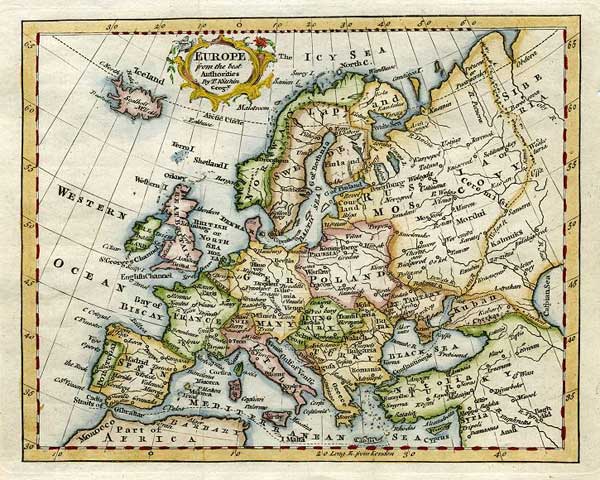

| Quotations | ||
 Chapter 25 Chapter 25  Of the Alps and Pyrenees, with their pine forests and their vices, they might give a faithful delineation; and Italy, Switzerland, and the south of France might be as fruitful in horrors as they were there represented. | ||
|
| ||
The chain of the Pyrenees extends from the Atlantic to the Mediterranean, and rarely deviates throughout the whole of its course from the shortest possible line. It is composed of many parallel bands of mountains, which rise in gradation from the plains of France and Spain. The highest band of the whole mass is the crest of the chain; it forms the natural and political frontier of the two kingdoms, and separates at their source the waters which flow towards each.
Use the "Show me" link to locate the Pyrenees on the map. You may need to scroll down to see the Pyrenees highlighted.


|
| ||||||||||||||||||

© 2010 The Republic of Pemberley